Skirts and tampons taxed more than menswear and Viagra

Women in Switzerland who buy clothes from abroad – or menstruate – pay a higher tax rate than men who wear imported clothing or take pills to treat erectile dysfunction. These are just two Swiss examples of the so-called pink tax, a form of gender-based price discrimination. Here’s why it exists and what’s being done about it.
When a woman in Switzerland wants to update her wardrobe with clothing made abroad, she can expect to pay more than male colleagues. In a federally-sanctioned example of the pink tax, the tariff for womenswear imported into Switzerland is higher than that for menswear: 5% versus 3% on top of the value of the clothing. Retailers factor this into their prices, which results in women – who already earn less than men, on average – paying more for attire.
The reason for the discrepancy is that Swiss clothing tariffs are based on weight, and historically, women’s clothing was lighter than men’s, yet often more expensive.
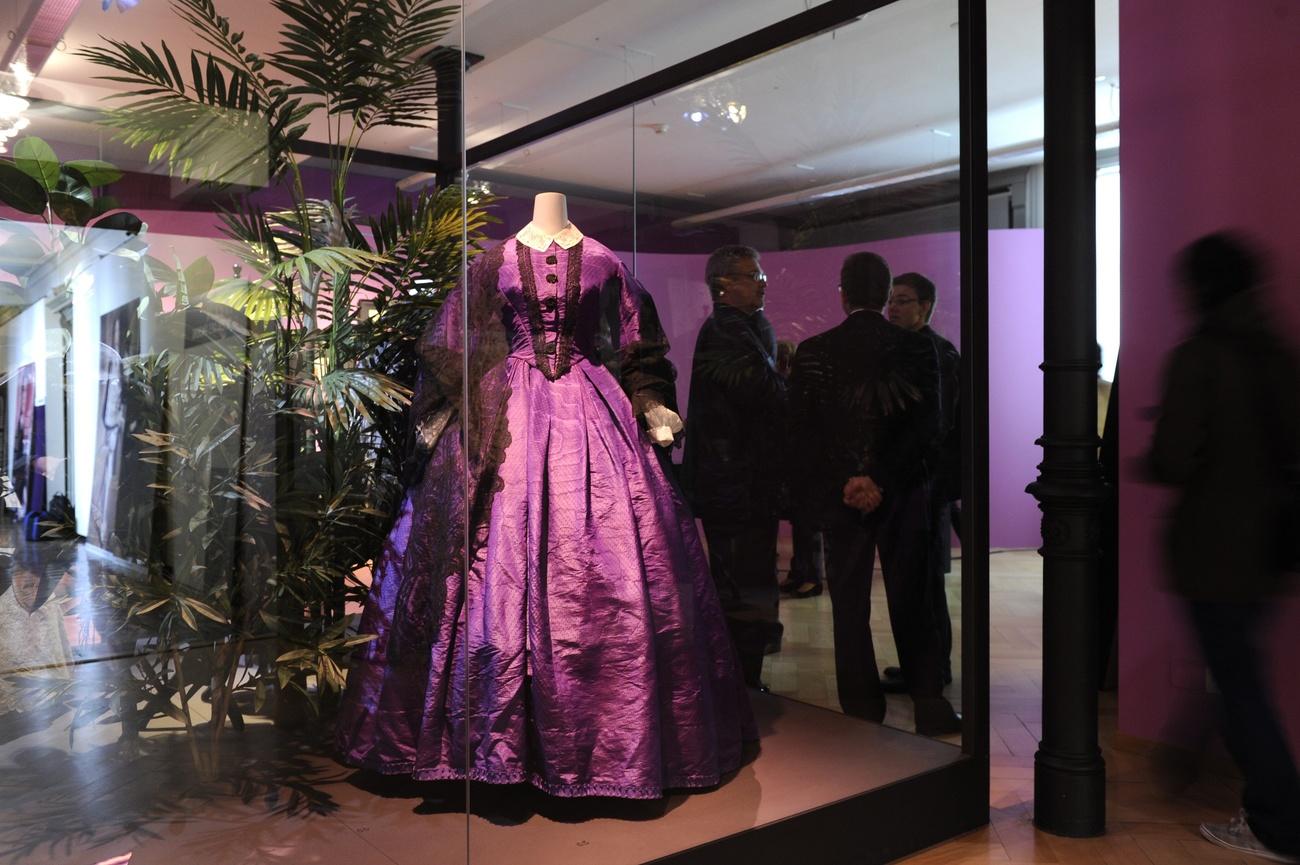
“We have worked to ensure that the tariff burden on women’s clothing is adjusted downwards,” price watchdog Stefan Meierhans told swissinfo.ch. A change in the law is now pending, State Secretariat for Economic AffairsExternal link spokeswoman Livia Willi explained to swissinfo.ch.
“A bill to abolish industrial tariffsExternal link is currently being drafted. [This] would definitively eliminate the unequal treatment between men’s and women’s clothing,” said Willi, who also pointed out that thanks to free trade agreements, a significant proportion of clothing imports are already duty-free.
No tax discount
Women must buy pads, tampons or menstrual cups to absorb their monthly periods. These are subject to the full value-added tax (VAT) rate in Switzerland: 7.7%. Unlike tap water, food, cat litter, flowers, reading material and medicationExternal link, women’s sanitary supplies do not qualify for the discounted rate of 2.5% put into place in 2018.
There’s a parliamentary motionExternal link to adjust the rate downwards, and this past summer, Swiss campaigning group Campax presented a petitionExternal link urging the Swiss Senate to follow the lead of other countries. For example, Kenya did away with the “tampon tax” in 2004; India did so last year. This year Australia as well as 11 US states joined them. Britain, meanwhile, charges 5% VAT compared with the 20% charged on other goods.
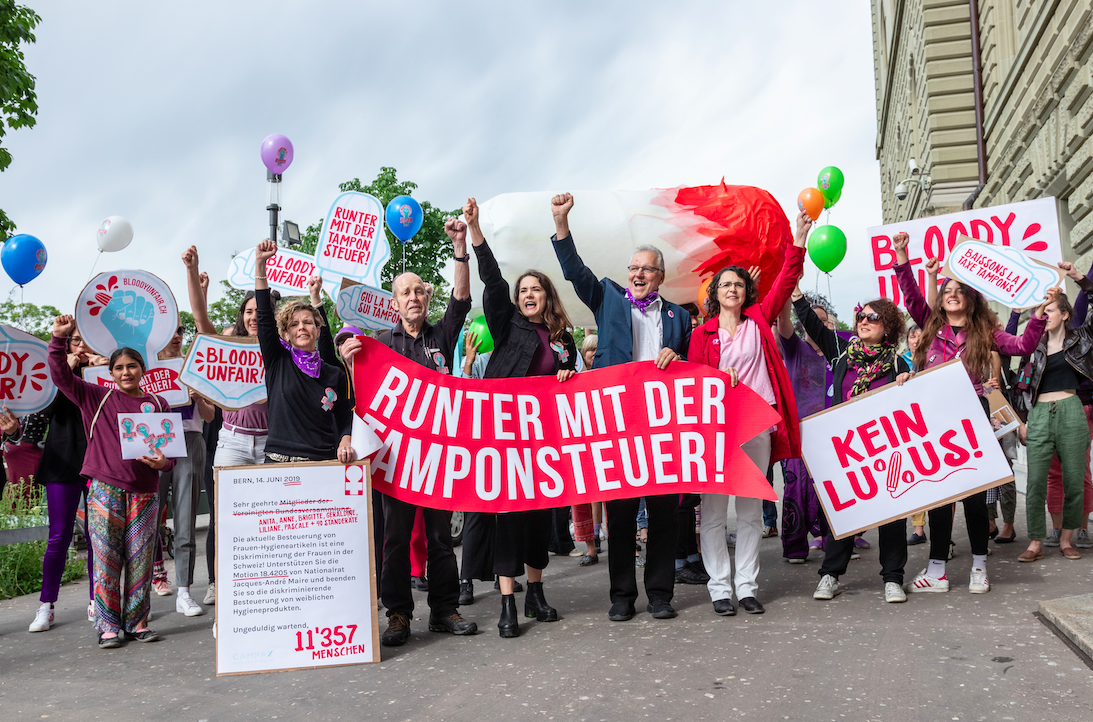
Losing their shirts?
Price lists at the dry cleaner’s are often another source of grumbling about unfair pricing for women. However, men often get a better deal because a robot helps press their shirts – as demonstrated in this video from the Swiss Association for Textile CareExternal link.
According to Melanie Saner, the association’s general manager, women’s shirts are typically too small and delicate for the semi-automatic press – noting that some cleaners say it only works for robust fabrics and styles size 40 (US10/UK14) and up.
“The cheapest prices are only for shirts done on the robot,” Saner told swissinfo.ch. “As soon as you have to do it by hand, it’s more expensive – also for men’s or children’s shirts.”
More than a hair more expensive
Another typical pink tax item in many countries is shaving equipment. Spot-checks of razor blades for sale in Bern revealed some major differences in cost. While a men’s three-blade razor refill goes for CHF3.24 ($3.26), the women’s equivalent costs CHF4.98. Overall, the women’s shaving tools cost 8-54% more than men’s.
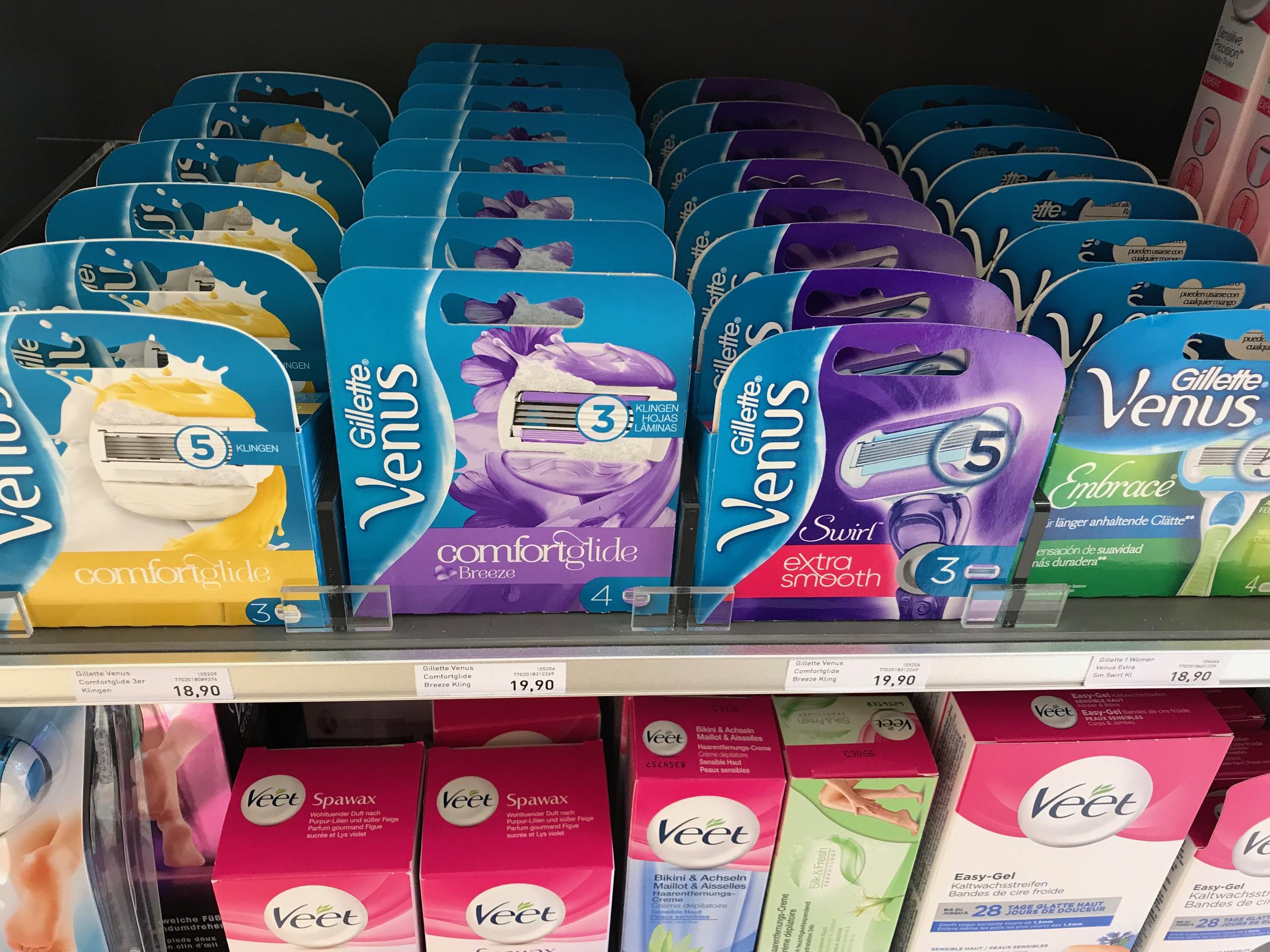
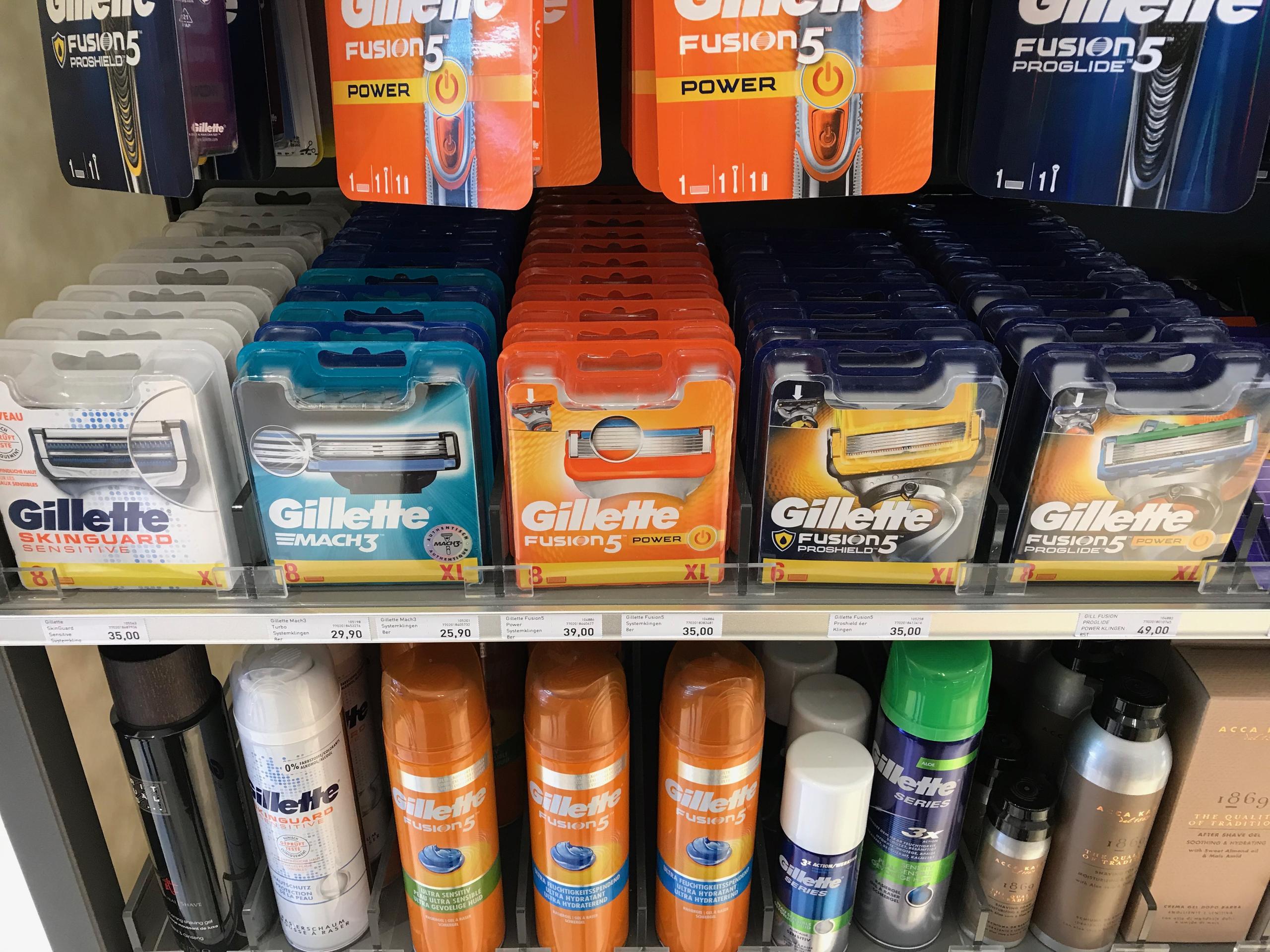
The Swiss Consumer Protection foundationExternal link, which also supports the move to cut the VAT on pads and tampons, notes that in general, “consumers need to be aware that there are gender-specific price differences” on goods and services.
As the foundation’s head of the politics and economy department, André Bähler, told swissinfo.ch, “women often pay far more than men for the same haircut, even when it’s a simple short style”.
Unisex pricing
But recently, a hairdresser in Lausanne has introduced the same prices for men and women. At Avant-ProposExternal link, haircuts typically cost CHF80 per person, more for particularly long or involved styles.
The salon owner updated his prices in February after a client asked why her boyfriend had paid CHF20 less for his haircut. Unable to come up with a reason, he decided to treat his customers equally.

(With input from Katy Romy)
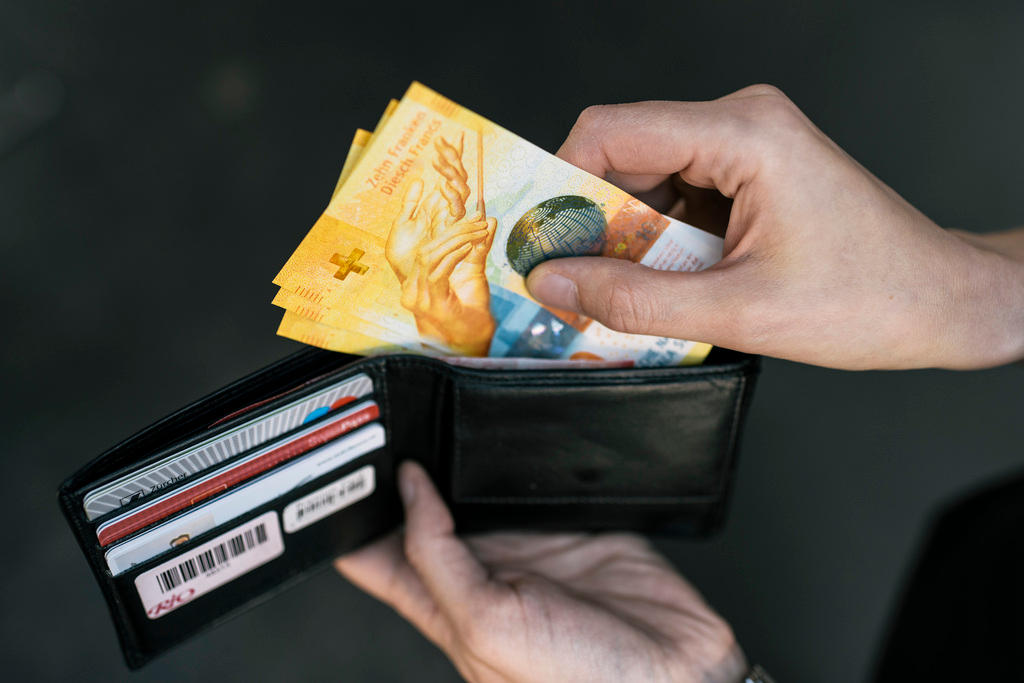
More
Your questions about the cost of living in Switzerland – answered!

More
Can Switzerland learn from Rwanda on gender equality?

In compliance with the JTI standards
More: SWI swissinfo.ch certified by the Journalism Trust Initiative





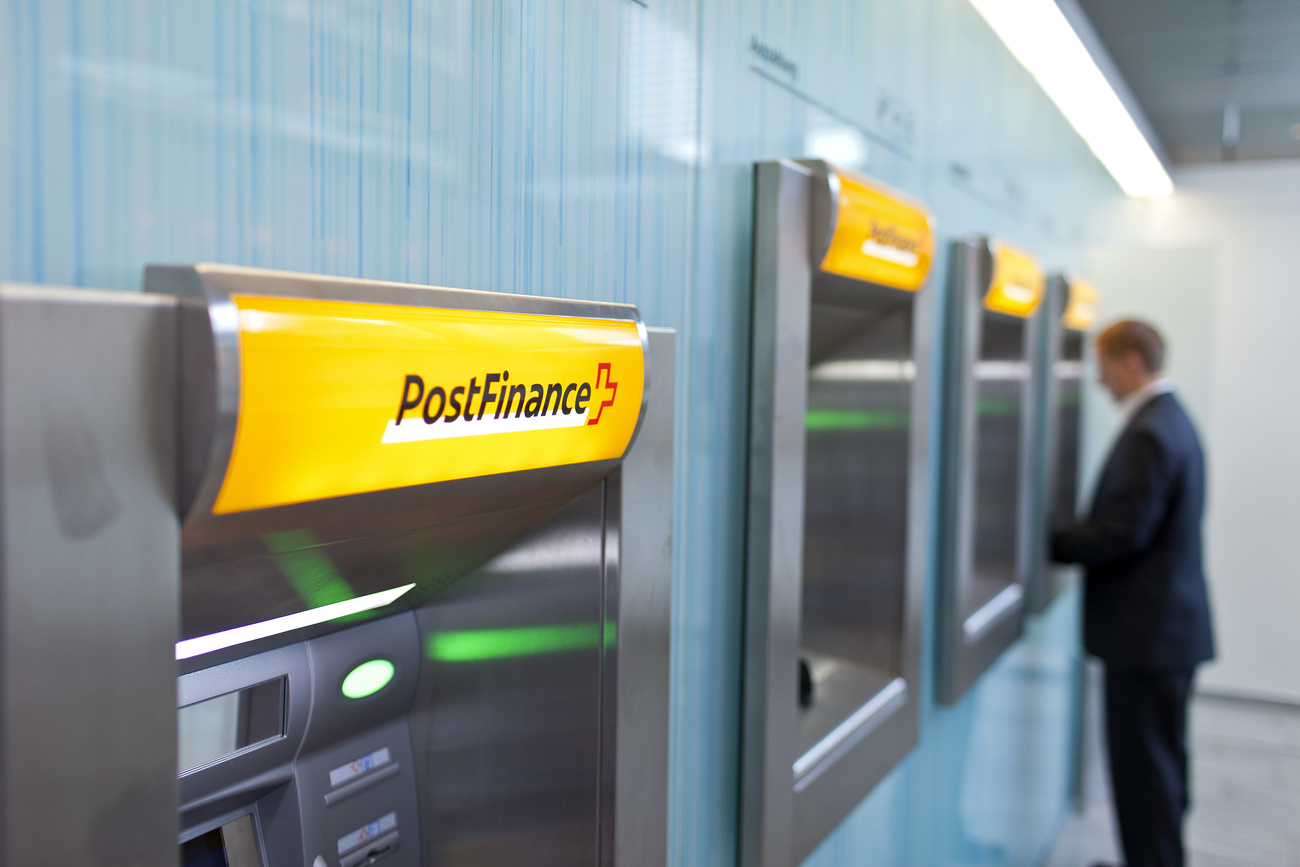




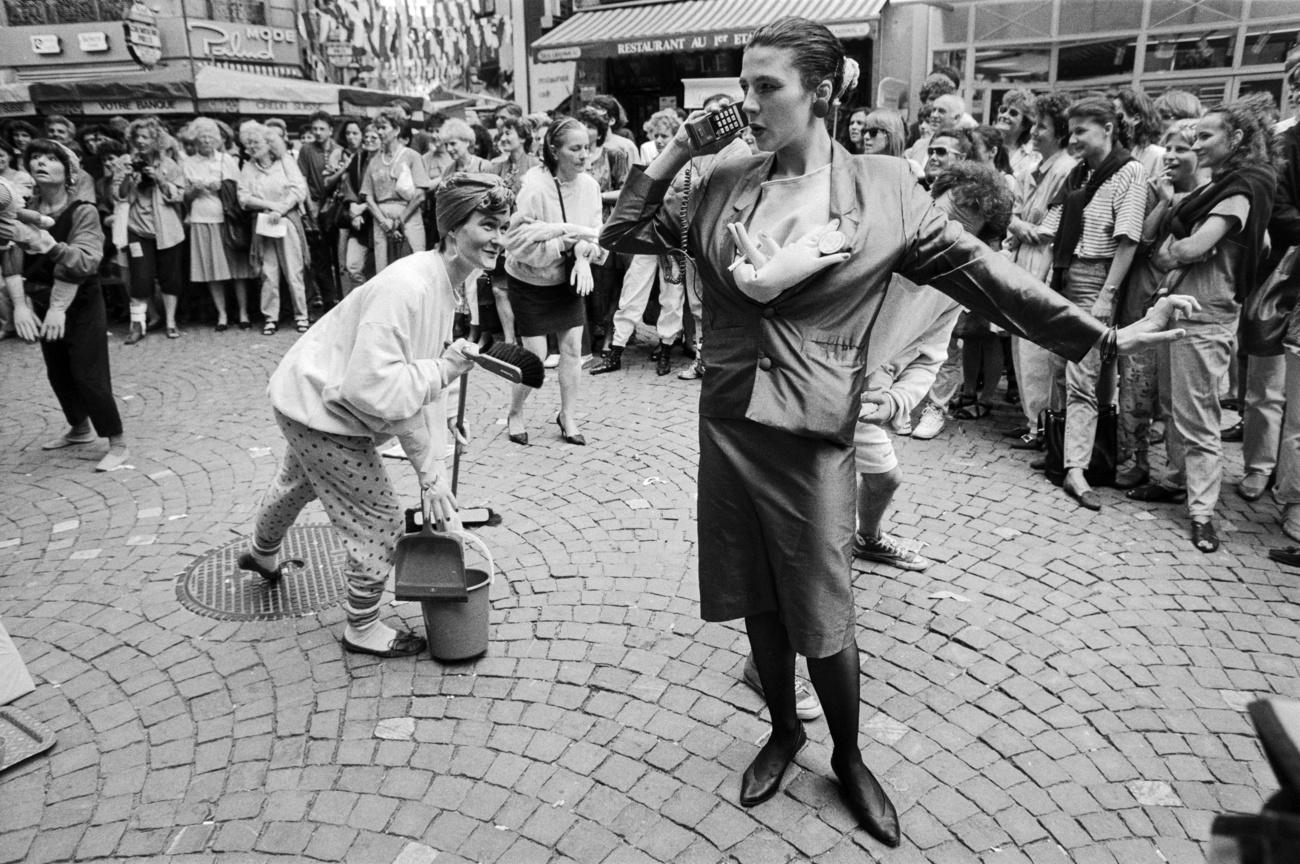
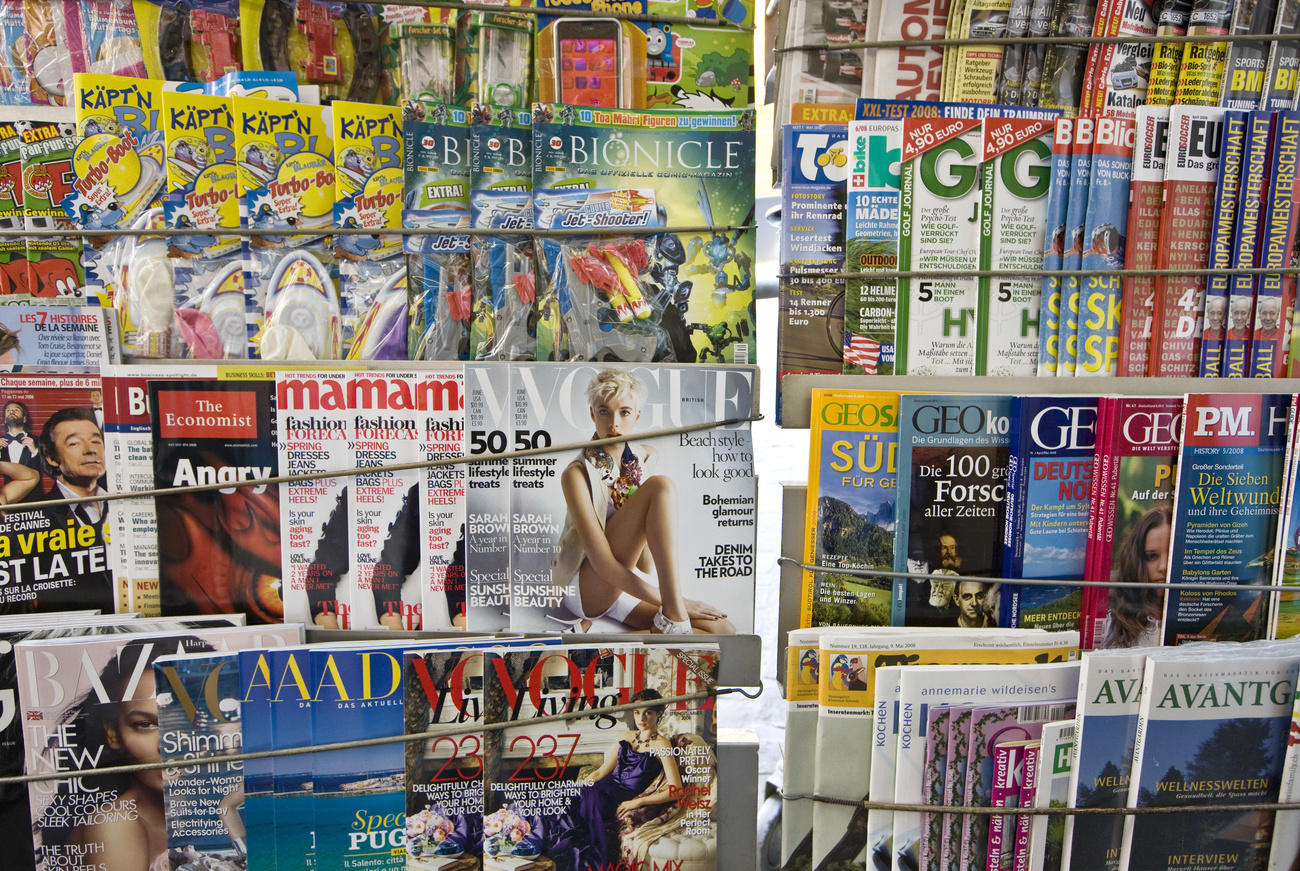
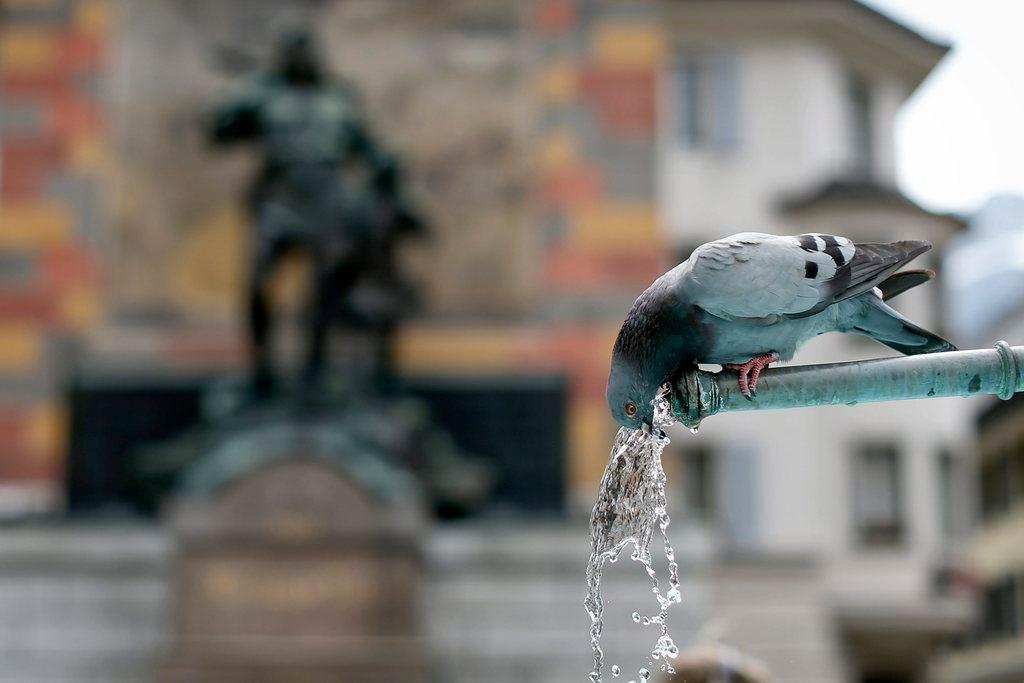
You can find an overview of ongoing debates with our journalists here . Please join us!
If you want to start a conversation about a topic raised in this article or want to report factual errors, email us at english@swissinfo.ch.